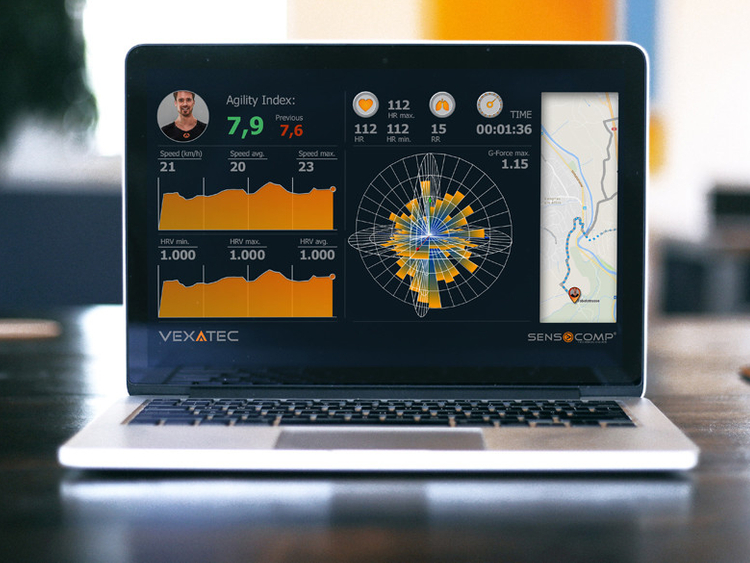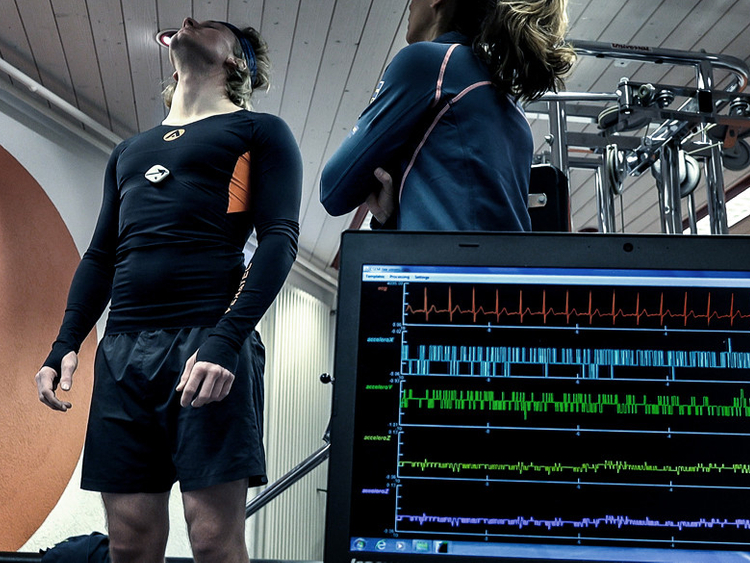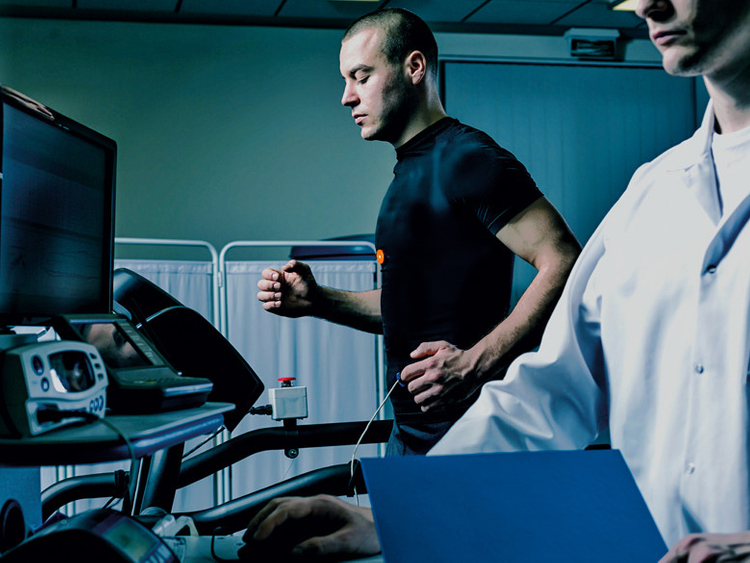
Dubai: Smart clothes are going to be the next thing after wearables. Smartwatches and fitness trackers have been in the marketplace for some time now.
Smart clothing took the first baby steps in 2014 but it is now becoming a mainstream as more companies are starting to play around with the concept of connected garments.
Rather than strapping gadgets to your wrists, smart clothing can constantly track your heart rate and other biometric data in real time without grabbing a phone.
Roger Buerli Borner, CEO of Swiss company Vexatec, told Gulf News that the industry will be developing well in the next few years. About 80 per cent of the wearables market is still smartwatches now.
He said that one of the biggest advantages of smart clothing is that the biometric data recorded will be richer as the area being monitored is more, which means that going beyond motion and heart rate tracking and being able to able add data on aspects like electrocardiogram, heart rate variability, breathing rate, body posture rotational dynamic/gyroscope, physical acceleration (G-force) and calorie consumption.
The Swiss company will be launching its Agility-Shirt for $200 at ISPO Munich expo in January 2018.
“What started as an ambitious high-tech project somewhat over a year-and-a-half ago is now ready for the market and about to be launched,” he said.
He said the shirt’s 3D-A-Cluster collects, saves, calculates and transmits a range of precise live data, all of which enables athletes to accurately evaluate their performance during and after training for optimised results.
By using conductive fabric, sewn and fixed in the right places, he said the shirt generates a signal based on bio-electrical impedance analysis (BIA), which is converted into vital and position data by algorithms and integrated electronic components in the 3D-A-Cluster.
He also said that the shirt is breathable and fast drying, protects against overheating and cold depending on the configuration and allows the wearer a pleasant body climate during all sports and activities which cause perspiration
“The ECG we use in our shirt is 250 signals per second and all the other readings are 50 signals per second and so it is very precise. The shirts are designed for top professional sports people,” he said.
Vexatec combines compression clothing with high-quality textile sensors, high-end microchips and software solutions to create the best and most intelligent clothing.
“Whilst there is no shortage of fitness bracelets and watches, cardio breast straps, compression products to increase blood flow and general self-monitoring devices, no supplier has managed to combine all these technologies into one shirt — that connects to your smartphone, for real-time and wireless monitoring,” he said.
Bonner said that the shirt offers 360-degree monitoring which is unique and represent an enormous advance for all sports, whether it’s football, tennis, boxing, cricket, hockey, golf or any other type of sport.
Vexatec claims that tennis player Tommy Haas, Formula 1 driver Pascal Wehrlein, football players Torsten Frings and Lothar Matthaus have all done intensive testing with the shirt.
Bonner said sports such as football, handball, basketball and others it is not only the strength and stamina that counts.
“Change of direction, sideways movements which can take place in different directions at the same time, need to be trained accordingly. The person should be able to act with strength and agility form any direction required for the sport. The “functional Training” which is becoming fashionable is moving in this direction,” he said.
Moreover, he said that traditional activity trackers were up until now not able the record and evaluate this “agility” characteristic of sportsmen.
The program, which is used as an app on the mobile phone (Android and Apple) or as a software on a PC, allows an insight into the current agility state of the human being, but also by comparing it with the data available, a targeted agility training which places different priorities depending on the type of sport.
Bonner said that the company is also looking at the possibility of selling the technology to a global player or from a sports industry.
“Why not, we are open to an alliance,” he said.













